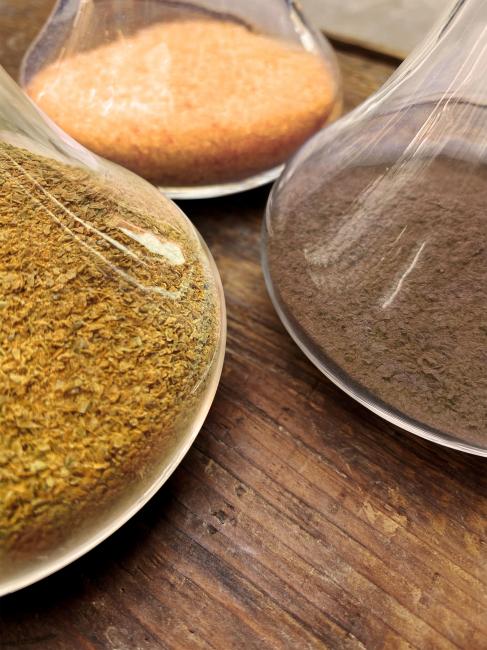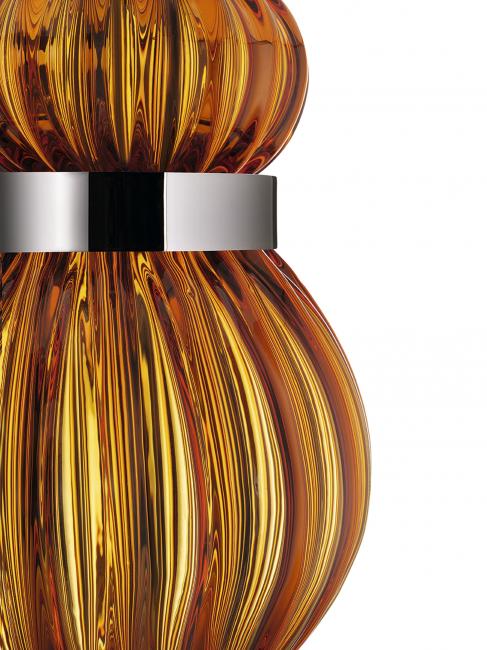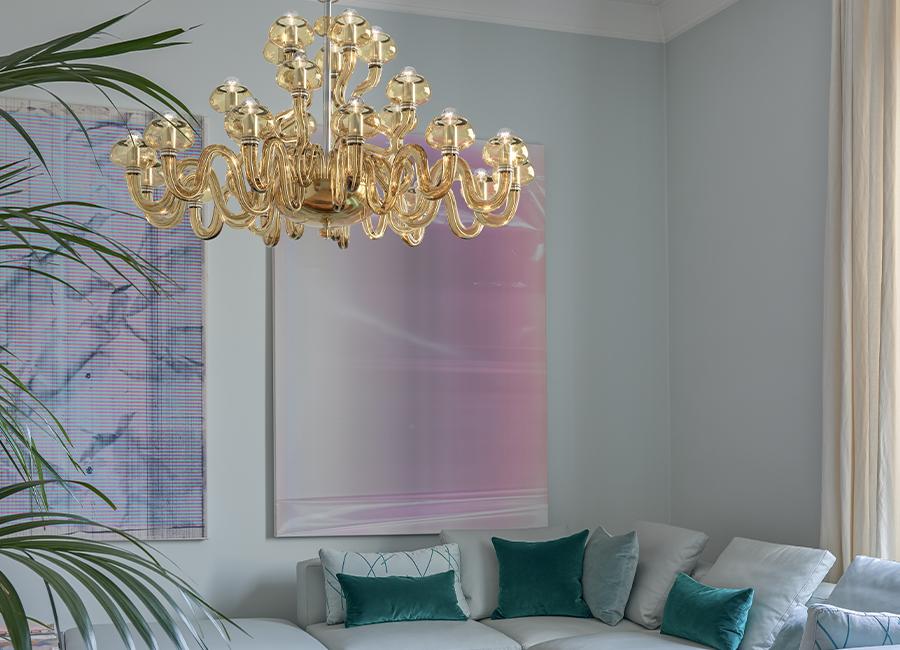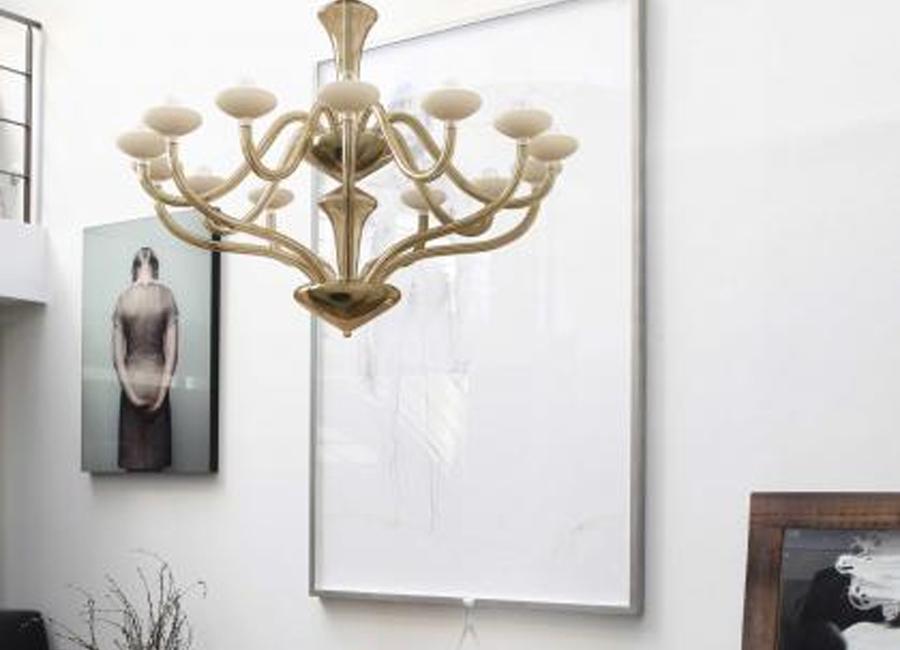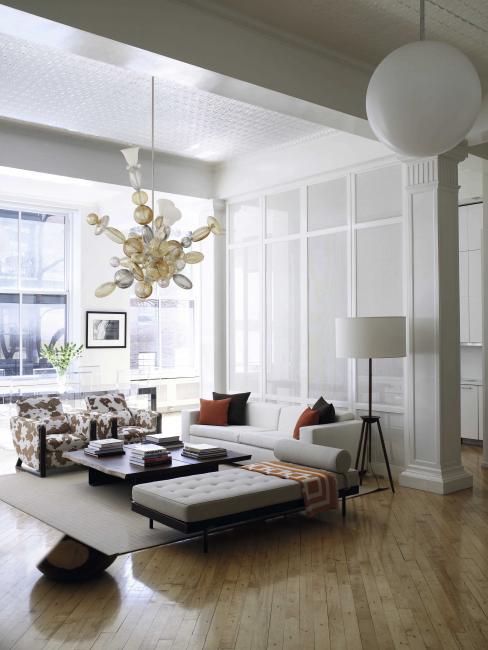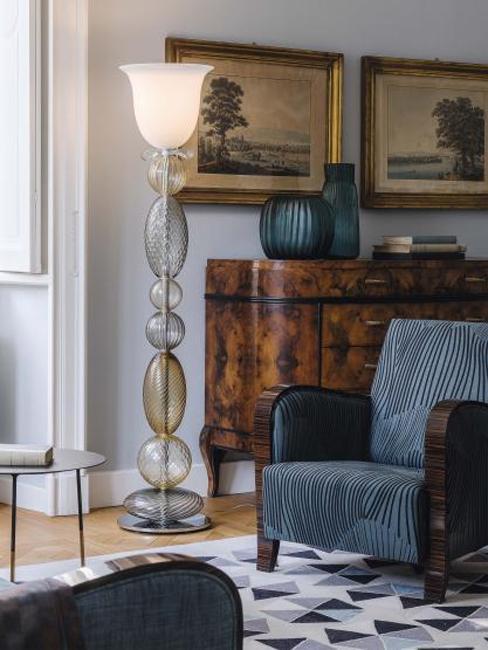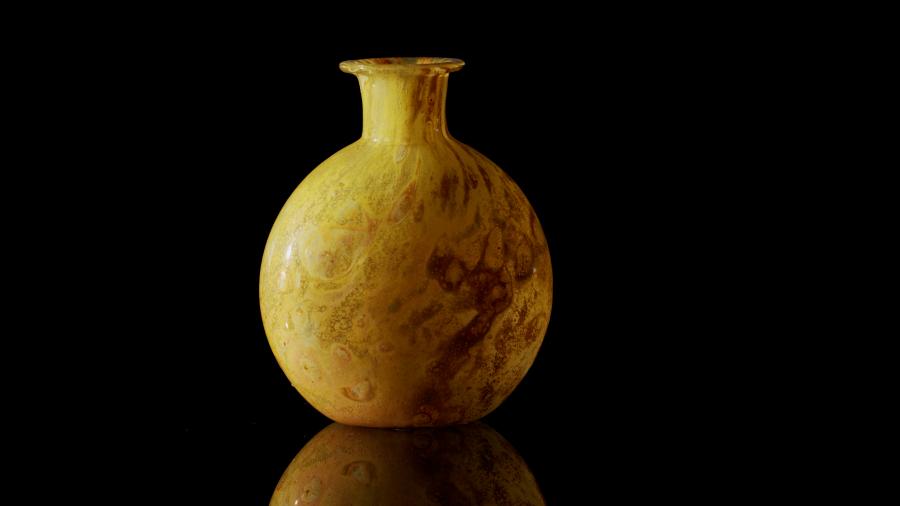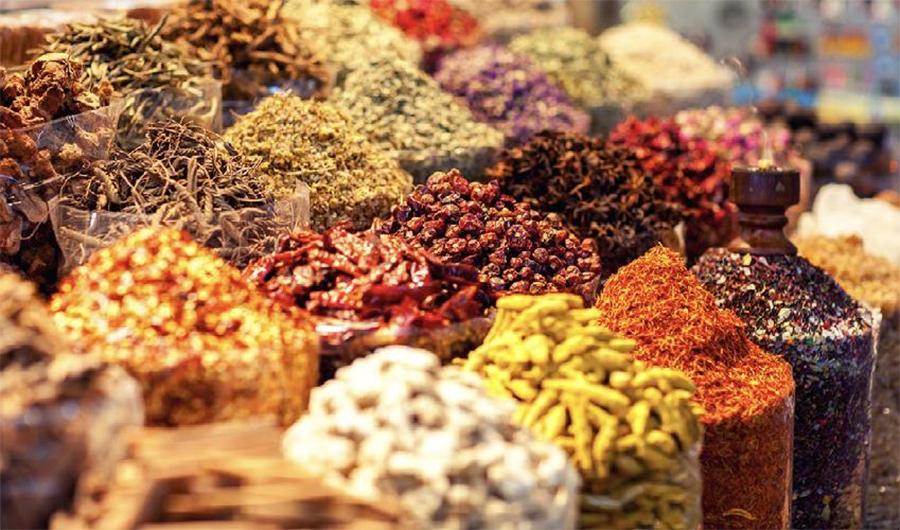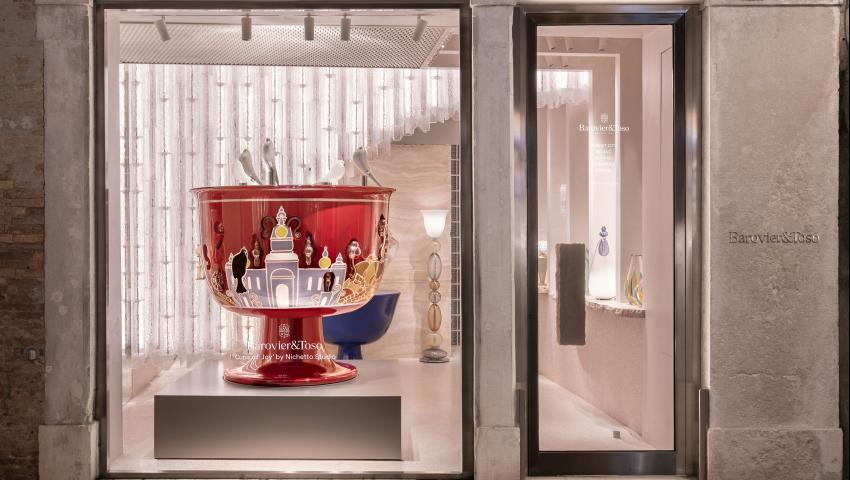A range of colours evoking exotic memories.
From amber nuances to metallic highlights, Venetian crystal meets three hues of exceptional elegance.
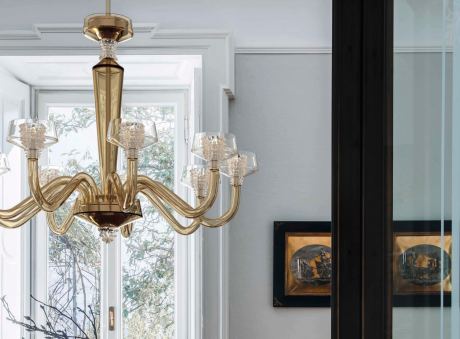
Caramel, Cognac, Brown: these are the warmest tones in the colour range of Venetian crystal by Barovier&Toso. They are based on nature, colourful autumn landscapes, linking back to an epoch in which these hues pervaded and scented the city of Venice.
There was a time, in fact, when the Rialto market was a riot of spices from the East. The Venetian Republic had the monopoly on these products, and all spices arriving in Europe had to pass through the San Marco basin. Coveted and costly, they were used by the wealthy as a sign of status. Venice’s fortune was built on spices, together with other goods of great value such as silk and precious stones. We can imagine the merchants as they carefully ground and mixed seeds, bark, leaves, testing the best combinations and creating the famous "sacchetti veneziani": saffron, turmeric, cinnamon, cloves, star anise...an exotic variety of flavours, aromas and colours, with warm amber hues.
In the meantime, the nearby island of Murano was full of glassworks, and its narrow streets became the preferred location for the practice of the art of glassmaking. Master craftsmanship, extraordinary skill and experimentation were the main ingredients inside those workshops, where the history and reputation of Murano took form. Materials from the Orient had a role in glassmaking as well, such as silica for vitrification, soda lime and wood for fuel. Humble materials which in the hands of master glassmakers become precious works of art.
For 700 years, Barovier&Toso has continued to produce creations in blown glass, with a sartorial approach to respond to specific and individual needs. Colour is a fundamental feature, because it interacts on a deep level with the design of the object and the interiors in which the items find their context, in a game of tastes and balances. Every colour has its own characteristics, and choosing the tones becomes a fascinating challenge when we are faced with the extraordinary range of specimens offered by Barovier&Toso.
In particular, the Caramel colour is very luminous and lively, with golden highlights and shadings of orange. It provides vivid contrasts with metal finishes, permitting the creation of very striking combinations that bring remarkable character to spaces. The Cognac colour stands out for its discreet, refined charm that never goes unnoticed. The transparent glow of Venetian crystal embraces a pale, almost ethereal but forcefully expressive hue. Its versatility is boundless, and it fits into both contemporary and classic atmospheres with extreme nonchalance.
The colour Brown is surprising for its elegance and allure. It is a warm tone, never too intense, developed by Barovier&Toso for lovers of glamour. The bronze highlights of the crystal interact with light and contribute to make spaces sophisticated, both in the home and in more formal settings.
Some of the creations of Barovier&Toso, such as Perseus and Manhattan, call for multicolour combinations in which the tones of Cognac and Brown appear together, in relation to transparent, white or grey crystal, forming an elaborate, intriguing palette.
SECRETS FROM THE FURNACE
Inside the Barovier & Toso Museum in Murano there is a splendid example of an amber yellow "Aborigine"vase. A unique piece dating back to the 1950s and designed by Ercole Barovier. The manufacturing technique is that of "hot coloring without fusion", which consists in inserting oxides, salts and other substances between two transparent and incandescent glass plates, thanks to the high temperatures reached, they take on particular colors, creating different and never the same effects.
HINTS&TIPS
At the end of the Middle Ages, the spice trade was in the hands of the Serenissima, already in close contact with the African and Asian cultures overlooking the Mediterranean. Tons and tons of spices depart from the Far East pass through Venice, sold at the famous Rialto market under the strict supervision of state officials in charge, the "messeri del pepe". Thus was born the famous Spice Route. In Venice, the “spezieri”experiment with these ingredients, mixing and dosing them and then selling them in packets called Venetian bags. From that moment on, Venice and the whole world will no longer be able to do without spices. Spices have never abandoned Venetian cuisine: an example is the “pastissada de manzo” with vegetables, prepared with cloves and cinnamon or the most famous “sarde in saor”, cooked with onions, raisins and pine nuts.

